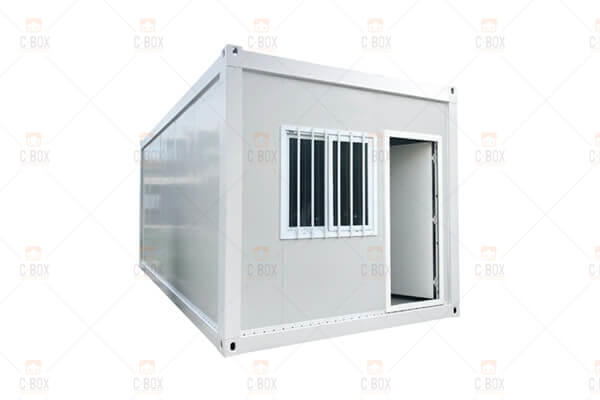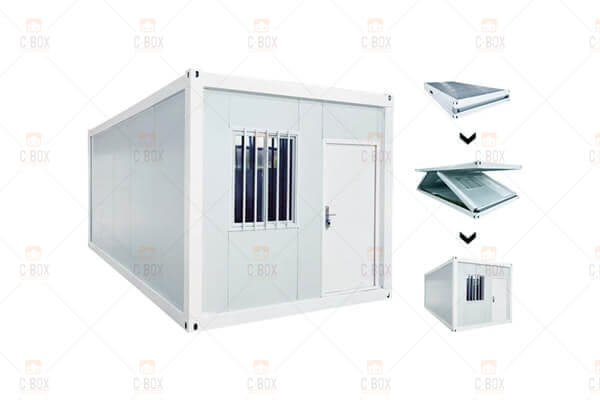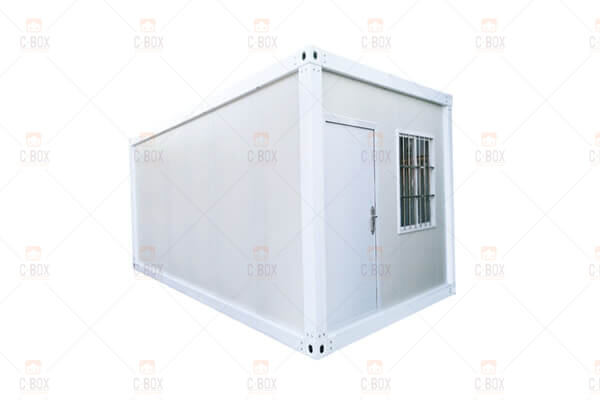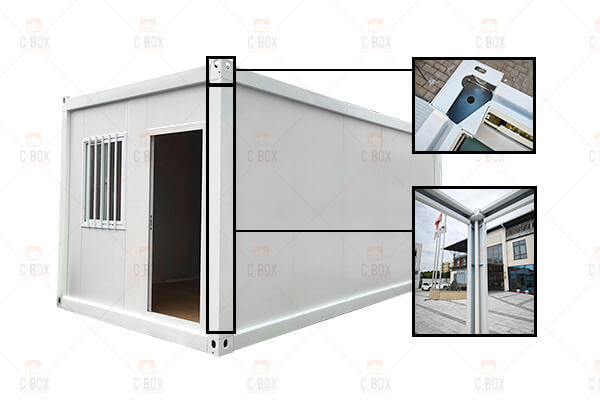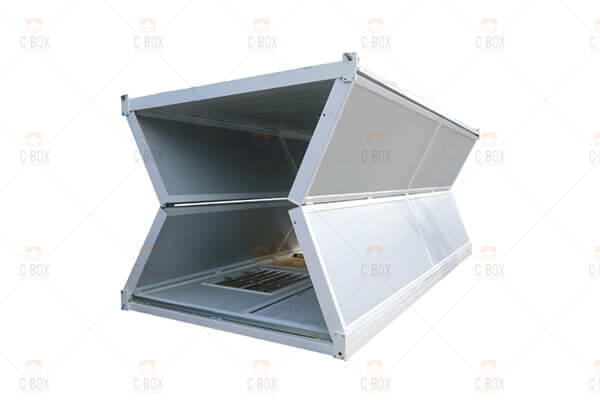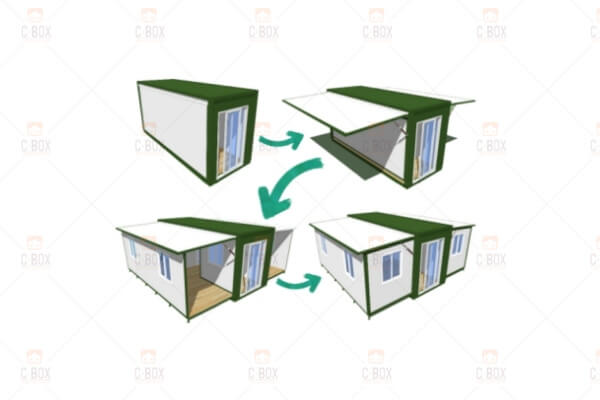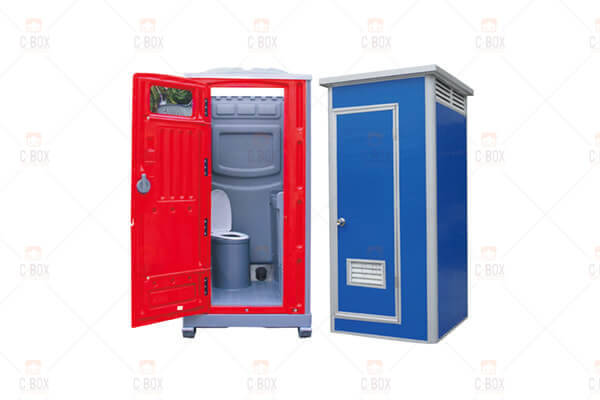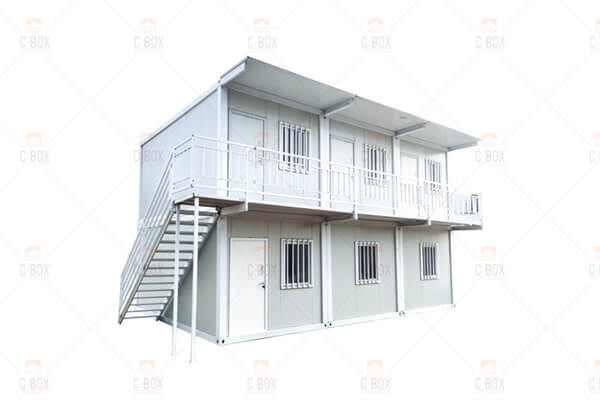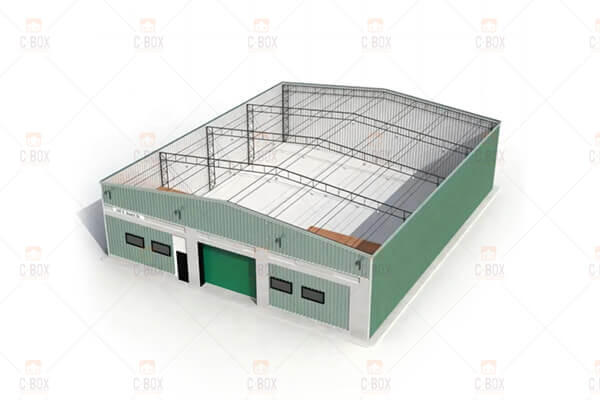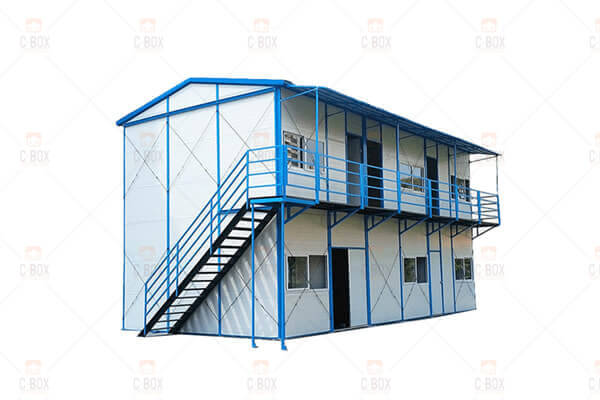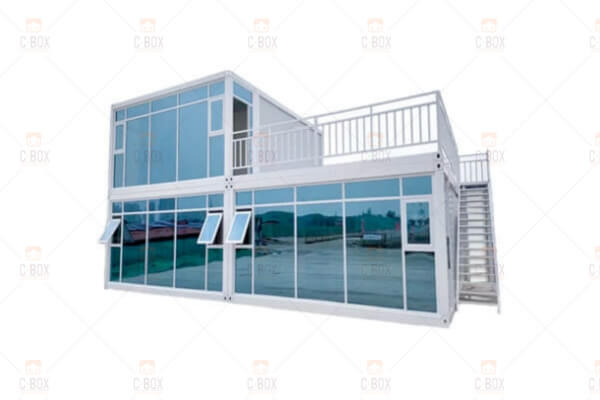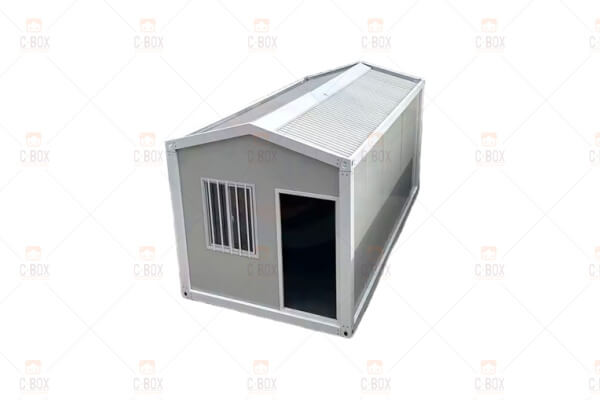コンテナハウスは中国の建設労働者にどのようなメリットをもたらすのか
China is a global leader in infrastructure development, especially in the field of railways. China has built the world’s largest and busiest railway network, with more than 146,000 kilometers of track that connects all provinces and regions. China is also a pioneer in high-speed rail technology, with more than 38,000 kilometers of high-speed rail lines and trains that can run at speeds of up to 350 kilometers per hour.
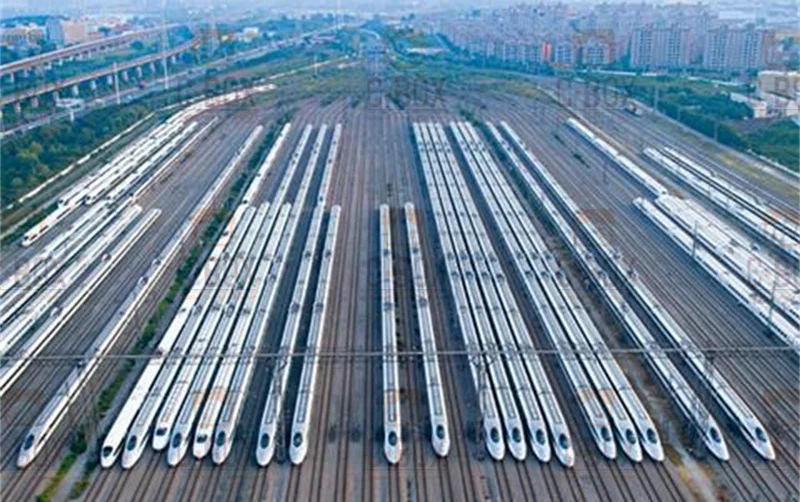
But behind this impressive achievement, there are millions of construction workers who work hard to build these railways. Where do they live, and how do they cope with the challenges of their work? In this blog post, we at CBOX will explore how container houses can provide a convenient, affordable, and adaptable housing solution for construction workers in China.
Container house is prefabricated modular buildings that are made of containers, which are large metal boxes that are used to transport goods by sea, land, or air. Container houses can be easily assembled, disassembled, moved, and installed, without the need for building permits and regulations. They can also be customized according to the specific needs and preferences of the customers, such as the size, shape, layout, and facilities. They can be used for various purposes, such as home, office, hotel, classroom, warehouse, or toilet.
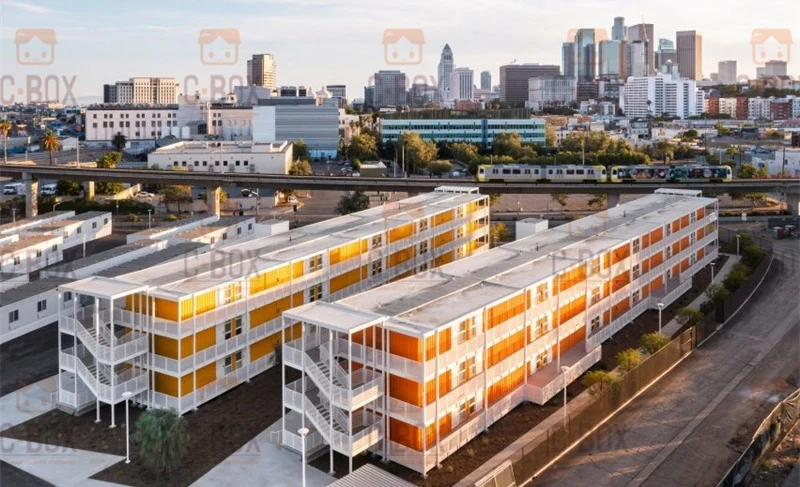
Construction workers in China often choose to live in container houses for the following reasons:
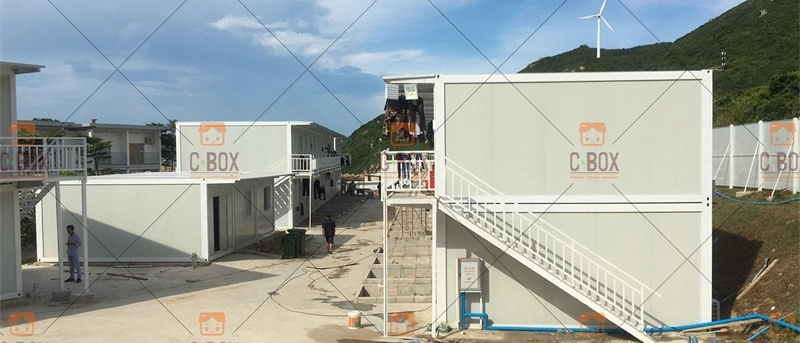
• Lack of adequate housing in undeveloped railway areas. Most of the railway projects in China are located in remote and rural areas, where the local housing conditions are poor and inadequate. There are not enough hotels, dormitories, or apartments for the workers to rent or buy. Therefore, the workers have to rely on container houses to provide them with a temporary and convenient shelter.
• Short-term and temporary nature of the work. It usually takes one or two years to build a railway or other buildings, which means that workers only need to stay in one place for a short period of time. Building concrete dormitories takes time, and when the railway is completed, these dormitories will be idle, which will cause a waste of resources. Container houses are more suitable for short-term and temporary housing, as they can be easily dismantled and reused. They can also be transported to different locations, depending on where the next railway project is. This way, the workers can save time and money, and avoid the waste of resources.
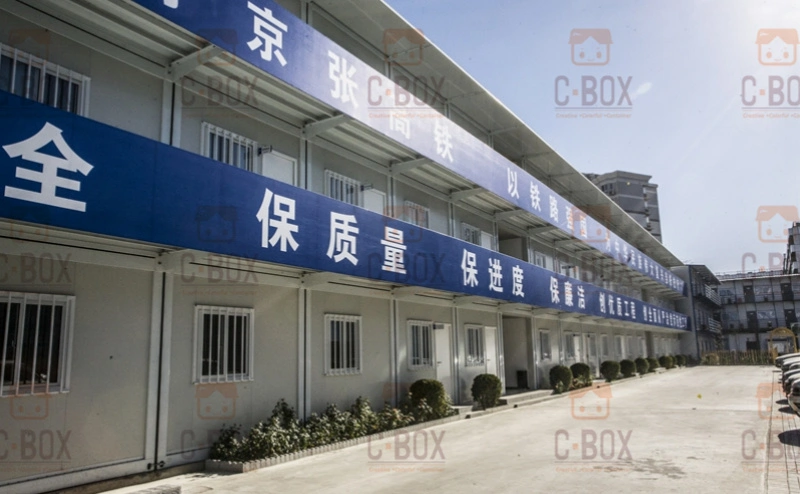
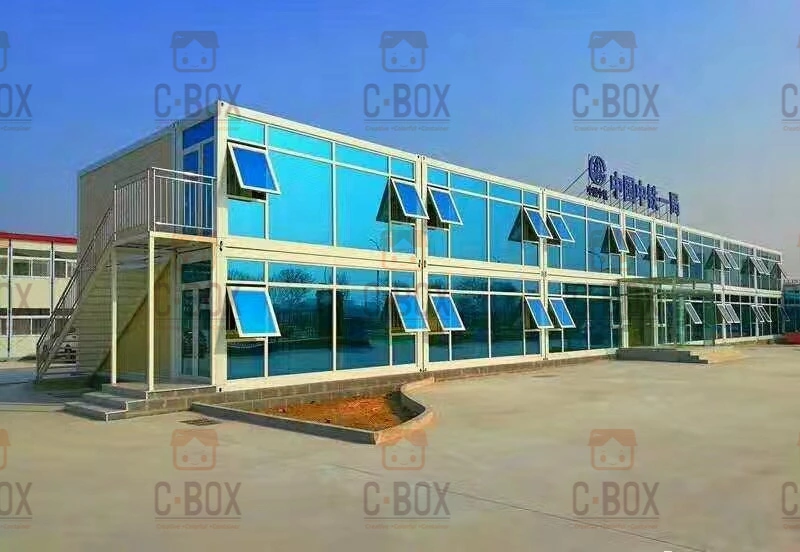
• Advantages of container houses over conventional buildings. Container houses have many benefits compared with traditional buildings, such as convenience, affordability, adaptability, durability, and eco-friendliness. Container houses can be easily transported and installed, without the need for building permits and regulations. They can also be customized according to the specific needs and preferences of the workers, such as the size, shape, layout, and facilities. Container houses are made of recycled and renewable materials, such as steel, wood, and plastic, that can resist weather and corrosion. They also have a low carbon footprint and energy consumption, reducing the environmental impact of the housing.
Container houses are not only suitable for construction workers, but also for anyone who is looking for a convenient, affordable, and adaptable housing solution. Container houses can provide a container-for-house solution that combines convenience and elegance. They can also be designed and decorated to suit different tastes and styles. For example, you can see some amazing photos of container houses on [Instagram] そして [Pinterest]。
If you are interested in container house, you can check out the website of [CBOX CONTAINER HOUSE], a supplier of modular container houses from China. You can also watch some videos of container houses on [YouTube] そして [TikTok].
We hope you enjoyed this blog post and learned something new about container houses. If you have any questions or comments, please feel free to leave them below. Thank you for reading!

